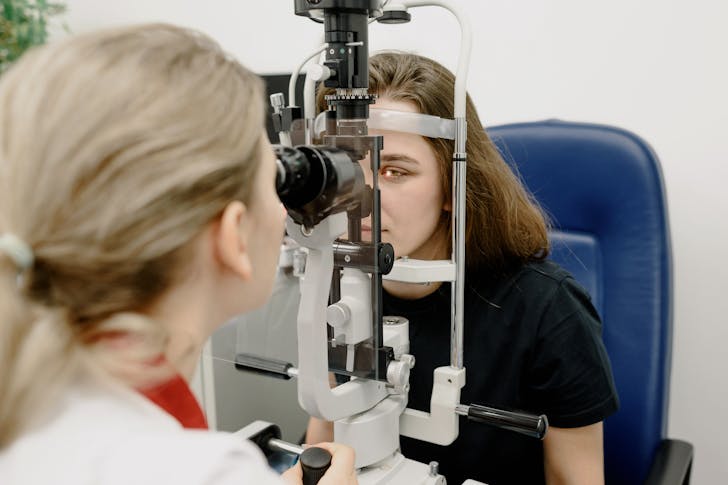Japanese Researchers Successfully Test World’s First Stem-Cell Vision Treatment
The world’s first stem-cell vision treatment is making headlines for restoring sight in patients with severely impaired vision. This groundbreaking procedure has given hope to those struggling with limbal stem-cell deficiency (LSCD), a condition that damages the cornea and leads to blindness.
By using reprogrammed stem cells, this innovative treatment has already shown life-changing results for three out of four patients, as reported in the journal The Lancet.
However, stem-cell vision treatment is not just a medical breakthrough. It is a beacon of hope for millions worldwide. By targeting the damaged cornea with a novel approach, researchers have demonstrated the immense potential of stem cells in restoring vision.
What Is Stem-Cell Vision Treatment
Stem-cell vision treatment uses induced pluripotent stem (iPS) cells to repair damaged corneas. The process involves taking cells from a donor and reprogramming them into a state resembling embryonic stem cells.
These cells are then transformed into corneal epithelial cells – the thin, transparent layer essential for a clear vision.

KS / Pexels / Researchers say this treatment is a game-changer for patients with LSCD.
LSCD occurs when the limbal stem cells, located in the dark ring around the iris, are depleted. This leads to scar tissue covering the cornea and eventually causes blindness. Traditional treatments, such as corneal transplants or using stem cells from a patient’s healthy eye, often come with significant risks and limited success.
Thus, this new method offers a less invasive and more effective solution.
The First Patients to Undergo This Treatment
Between June 2019 and November 2020, four individuals with severe LSCD participated in this pioneering procedure. These patients, two women and two men aged 39 to 72, had vision impairment in both eyes. The treatment involved removing scar tissue from the cornea in one eye and replacing it with an epithelial sheet made from donor stem cells.
A soft contact lens was then placed over the graft for protection.
The results were remarkable. Three of the four patients experienced significant and lasting vision improvements, with no major side effects observed two years post-surgery. Even more promising, the transplants were not rejected by the patients’ immune systems despite two of them not using immunosuppressive drugs.
Why This Treatment Stands Out
The success of this stem-cell vision treatment lies in its innovative use of iPS cells. Unlike traditional methods, this approach doesn’t rely on the patient’s own cells or corneas from deceased donors, which can be invasive or prone to rejection. Instead, iPS cells provide a reliable and scalable alternative.
The process also addresses a critical risk associated with stem-cell therapy: tumor formation. In this trial, the transplants did not form tumors, and the cells remained stable over time. This marks a significant milestone in ensuring the safety and efficacy of stem-cell-based treatments.
How the Stem-Cell Vision Treatment Works
The treatment begins by extracting blood cells from a healthy donor. These cells are reprogrammed into an embryonic-like state and then converted into corneal epithelial cells. The resulting thin, transparent sheet is applied to the damaged cornea after removing the scar tissue.
This precise and targeted approach rejuvenates the cornea and restores its function.

Yar / Pexels / With no severe side effects reported and minimal immune rejection, this treatment has the potential to transform how we address corneal blindness.
Interestingly, researchers are still studying the exact mechanism behind the vision improvements. It is unclear whether the transplanted cells proliferated, the removal of scar tissue triggered healing, or the patient’s own cells migrated to repair the cornea. Whatever the cause, the results speak for themselves: improved sight and a better quality of life for the patients.
What Is the Science Behind the Success?
The cornea, the transparent outer layer of the eye, plays a crucial role in focusing light for clear vision. When limbal stem cells are damaged due to trauma, disease, or genetic factors, the cornea becomes scarred and cloudy. This is where stem-cell vision treatment steps in, providing a fresh supply of healthy cells to repair the damage.
The study’s lead researcher, Kohji Nishida of Osaka University in Japan, emphasizes the importance of using iPS cells. These cells can be grown in a laboratory setting, offering a consistent and ethical source for transplants.